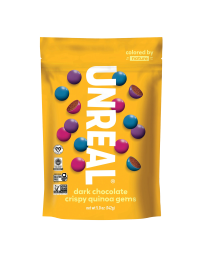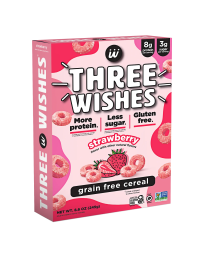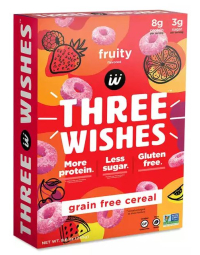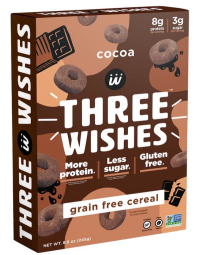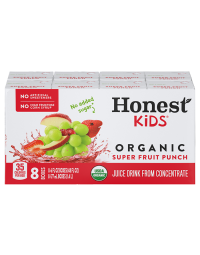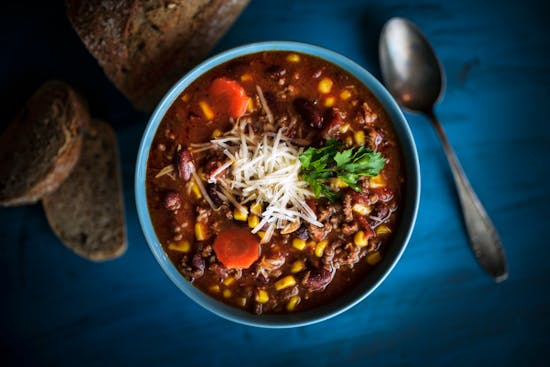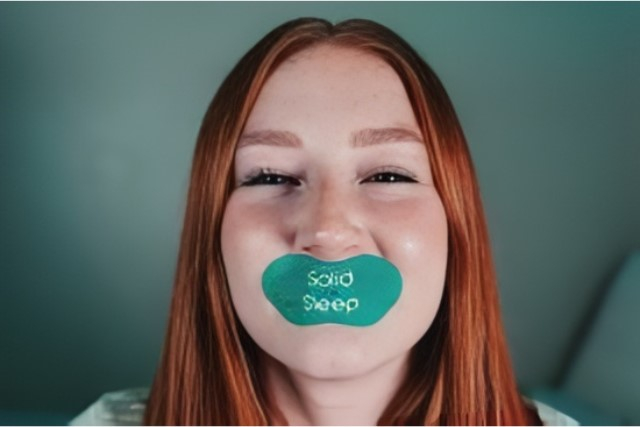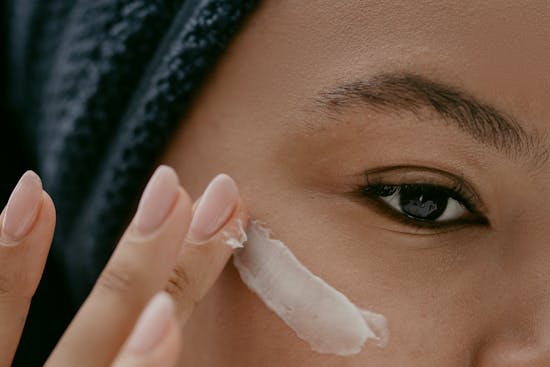Artificial dyes, particularly Red 40, have become commonplace in our food supply, enhancing the visual appeal of countless products. However, these vibrant hues often come with hidden dangers. The dangers of Red 40 and other artificial dyes in food are linked to various health risks, including hyperactivity in children and allergic reactions. As consumers become more health-conscious, understanding the implications of these additives is crucial.
What is Red 40 and Other Artificial Dyes?
Red 40, also known as Allura Red AC, is one of the most widely used artificial food dyes in the United States. It is derived from petroleum and is primarily used to enhance the color of various food products, including candies, beverages, and baked goods. Other common artificial dyes include Yellow 5 (Tartrazine), Yellow 6 (Sunset Yellow), and Blue 1 (Brilliant Blue), all of which share a synthetic origin and are designed to make foods more visually appealing.
In contrast to artificial dyes, natural food colorings are derived from plants, minerals, or animals. Examples include beet juice for red, turmeric for yellow, and spirulina for green. Natural dyes are often perceived as healthier alternatives, as they tend to contain fewer chemicals and are less likely to provoke adverse reactions in sensitive individuals.
The U.S. Food and Drug Administration (FDA) regulates artificial dyes under strict guidelines. While Red 40 and other artificial colors have been approved for use, their safety has been a topic of ongoing debate.
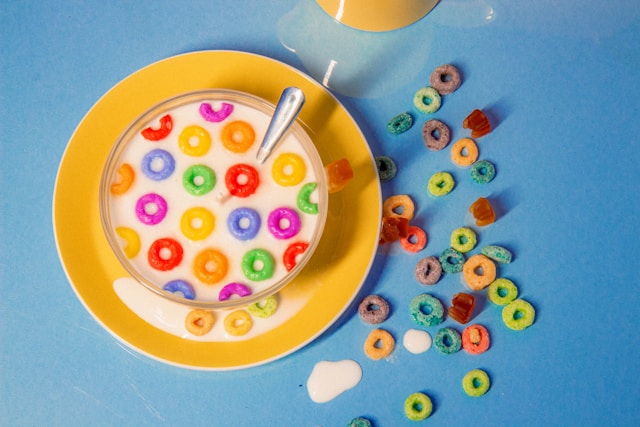

Health Risks Associated with Red 40
Recent research has increasingly highlighted a potential connection between artificial food dyes, such as Red 40, and behavioral changes in children. Studies suggest that certain synthetic dyes can exacerbate hyperactivity symptoms in susceptible children, leading to concerns among parents and healthcare professionals alike. Although the exact mechanism behind this correlation remains unclear, many experts recommend monitoring dietary intake of these additives to foster better behavioral outcomes.
To manage children’s diets effectively, parents can take proactive steps by reading labels and choosing natural alternatives to food products that contain artificial dyes. Opting for organic snacks or items with simpler, whole-food ingredients can help reduce exposure to these additives. Additionally, involving children in meal preparation can foster healthy eating habits and a greater understanding of nutrition. By making informed choices, parents can help mitigate the potential negative effects of artificial dyes on their children's health and well-being.
Furthermore, long-term exposure to Red 40 may also pose risks to overall health. While conclusive evidence is still being evaluated, some studies have suggested potential connections between artificial dyes and various health concerns, including metabolic disorders.
Red 40 and other artificial dyes are prevalent in a wide variety of food products. Some of the most common items include:
• Candies and sweets
• Soft drinks and fruit punches
• Breakfast cereals
• Snack foods like chips and crackers
• Processed foods such as flavored yogurts and puddings
• Packaged baked goods like cakes and pastries
To avoid artificial dyes, consumers can look for alternative products that use natural colorings or are free from added dyes. Reading labels carefully is essential; ingredients lists will often specify the presence of artificial colors. Choosing organic or minimally processed foods can also help reduce exposure to these additives.
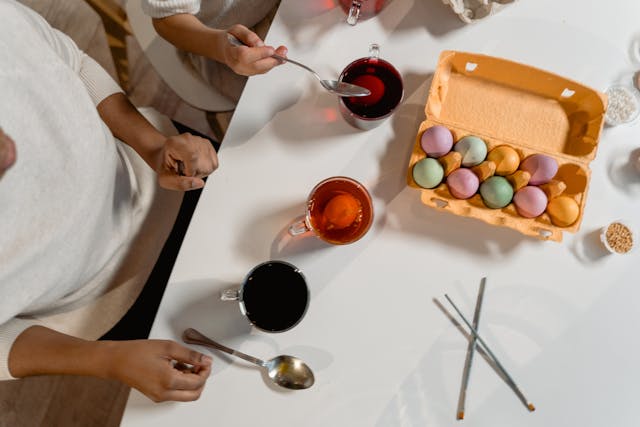

Alternatives to Red 40 and Other Artificial Dyes
The benefits of using natural dyes over synthetic ones are significant. Natural dyes are generally considered safer, as they are less likely to cause allergic reactions or other adverse health effects. Additionally, they often come with added nutritional benefits, such as vitamins and antioxidants, that can enhance the overall quality of the food. By choosing natural options, consumers can enjoy their favorite foods without the worry of harmful chemicals.
If you're feeling adventurous, making your own natural dyes at home is a fun and rewarding project. For example, you can create a vibrant red dye by boiling chopped beets in water, or a sunny yellow dye using turmeric mixed with a bit of water. Simply strain the liquid, and you’ll have a beautiful and natural dye ready to use in your recipes. This not only allows for creativity in the kitchen but also ensures that you know exactly what’s going into your food.
If short on time, Watkins Assorted Food Coloring is a 4-bottle kit of red, yellow, green, and blue food colors made with 100% natural vegetable juices and spices from food sources such as turmeric and spirulina extracts that can be used in baking. Plus, Fruitful Yield sells a variety of colorful candies and snacks such as the Unreal Dark Chocolate Crispy Quinoa Gems that are vibrant and delicious crunchy chocolate bites with bright pink, purple, and blue shades created with beetroot and spirulina. A great breakfast option for children and adults alike are the Three Wishes cereals such as their Strawberry Grain Free option which is a higher protein cereal that comes in a fun pink shade made using vegetable juice. Honest Kids Juice Drink in Apple and Fruit Punch is a convenient organic juice box that is perfect for a school lunch or to grab on-the-go and contains no artificial dyes or high fructose corn syrup.
Consumer Awareness and Advocacy
At Fruitful Yield, we pride ourselves in providing truly clean and delicious food and beverage items that will never contain artificial colors or dyes. For those looking to learn more about food dyes, a wealth of resources is available like the Center for Science in the Public Interest. Websites dedicated to food safety and nutrition provide valuable information on why is Red 40 bad, the effects of artificial dyes, and whether is Red 40 banned in certain regions. Educating ourselves and sharing this knowledge with others can spark important conversations about the impact of food dyes on our health and the environment. By staying informed and advocating for change, we can help pave the way for a safer, more transparent food system.


